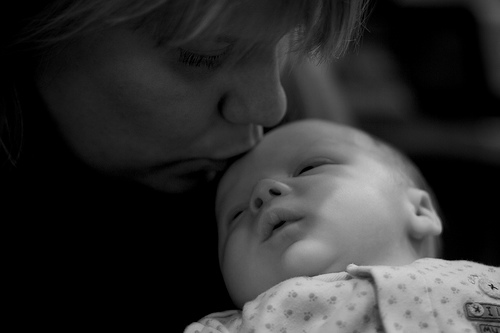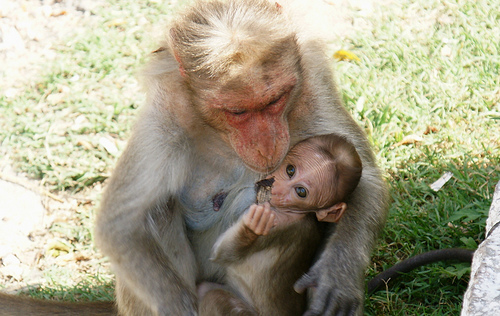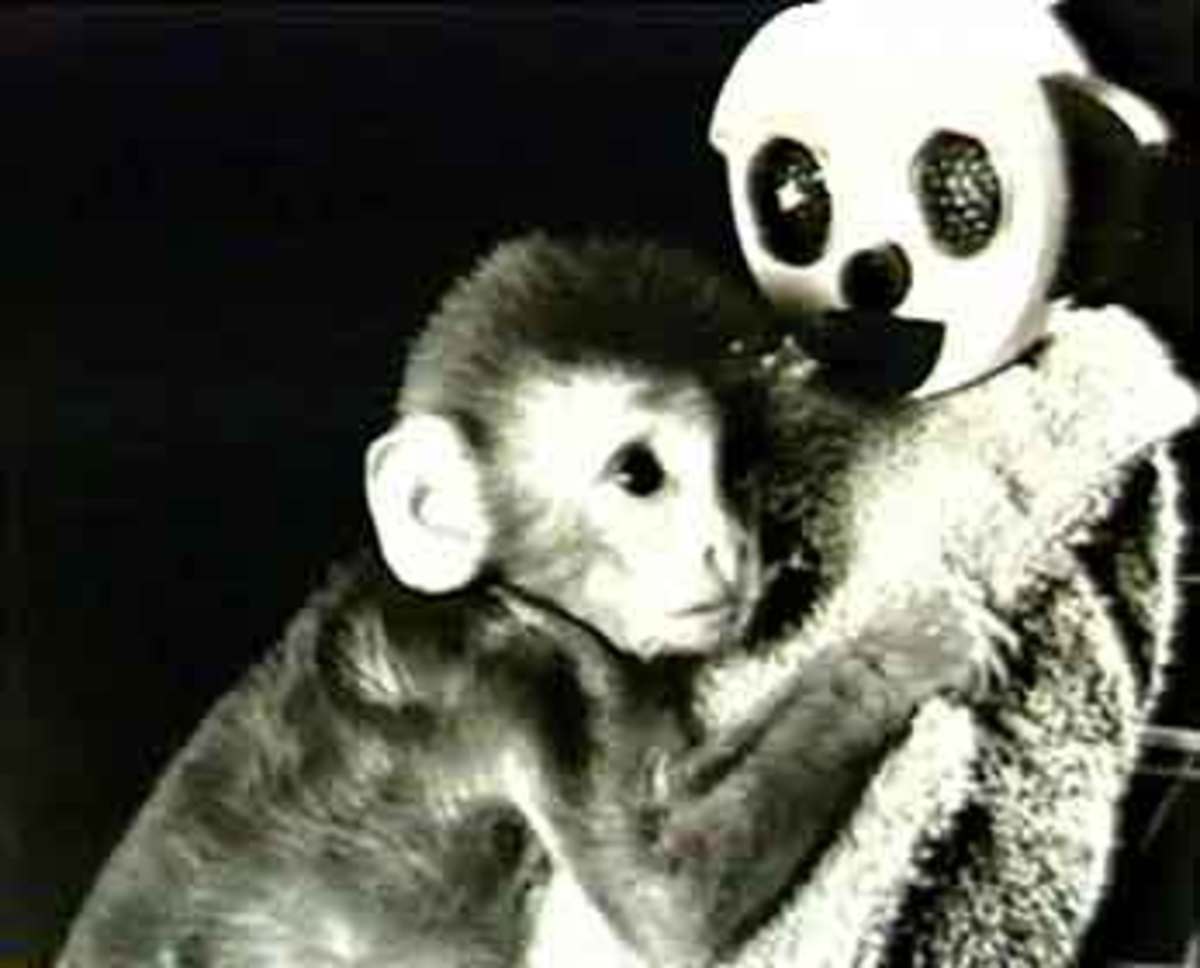Attachment Parenting: A Natural and Scientific Approach to Raising Children in Today’s Society

Attachment Parenting Books

Forming a strong bond with a child that is based on nurturance, compassion and respect is the very essence of attachment parenting. Research has clearly shown that children who are raised in accordance with this model have grown to become adults who are independent and who have healthy and meaningful relationships for life. Furthermore, these same adults have a significantly lower risk of developing a multitude of emotional disorders and maladaptive behaviors. Unlike many other parenting methods, attachment parenting is both primitive and scientific-based.
Attachment parenting is the oldest “type” of parenting there is. It is essentially the way our ancestors parented and it is how the vast majority of mammals instinctively raise their young. As human beings, we have an innate predisposition to establish and maintain an attachment relationship with our children, and likewise, our children are born hardwired to maintain a close physical and emotional bond with us. This natural harmony between parent and child is what nature intended – it offers protection, warmth, stability and consistency – all of which are survival mechanisms that promote healthy brain development.
Although the principle of attachment is nothing new, theoretical explanations of attachment did not arguably emerge until the groundbreaking research of psychologists Harry Harlow and John Bowlby. In his well-known monkey experiment, Harry Harlow observed the behavior of baby monkeys who were separated from their mothers. “Surrogate” mothers replaced the monkeys’ natural mothers within their habitat. One mother was made of wire material and the other of a soft cloth. Harlow noted that the monkeys spent considerably more time with the soft mother even when the wire mother dispensed food. Further observation revealed abnormal behaviors of the monkeys as they grew. In his pioneering research, John Bowlby postulated that the likelihood of problems ranging from depression to delinquency were highly correlated to maternal deprivation, and that attachment to a parental figure was both innate and necessary. Both psychologists came to the seemingly irrefutable conclusion: the attachment relationship is vital in order for human beings to properly thrive, and that lack of attachment results in profound and serious negative consequences.
While these findings highlight the implications of attachment, they are also characteristic of the most dire and extreme circumstances. Can these dated and heavily scrutinized experiments be applied to parenting techniques today? In a way, yes they can. Attachment studies have long been replicated time and time again with different subjects, longitudinal data and careful consideration to avoid the confounding of results. Today, researchers also conduct experiments that can be applicable to real-life situations. They also observe attached and non-attached babies, children and adults – not necessarily those who were neglected, abused or otherwise in a relationship devoid of love.
Thus, attachment parenting is the perfect blend of science and art. Of logic and love. Of critical thinking and intuition.
Practicing attachment parenting when raising children is much the same as cats raising their kittens or horses raising their foals. Nature has created a perfect and carefully crafted design that is focused on the optimization of the growth and development in all species. The difference between humans and other mammals is that human parenting methods have undergone a series of changes throughout the course of history. To a point, this is to be expected – humans have superior capabilities compared to other mammals. Humans possess abstract and higher-order thinking skills that are exponentially greater than those of any other living creature. Consequently, we learn, we study, and we invent; we are cultured, and we are scrupulously influenced by societal phenomena. Quite simply, our brains are intricate and complicated – hence, everything around us (including parenting) must be as such.
Perhaps attachment parenting could be better understood within the context of our society as conscientious parenting. By today’s standards, it is quite impractical and barely imaginable to raise children under the same parenting gamut practiced by our ancestors many years ago. So what does attachment parenting look like in our society? It means opening our hearts and becoming attuned to our children’s needs, listening to our instincts while allowing them to guide us, responding appropriately to our children within the realm and limits of their development, respecting our children as people, and above all else - nurturing the relationship with our children unconditionally.









